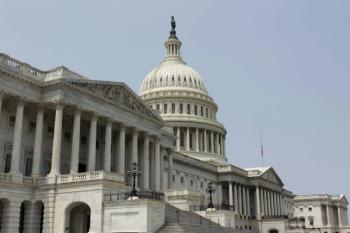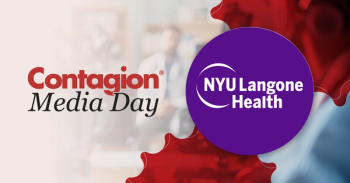
Inadequate Insurance Coverage Drives COVID-19 Racial & Economic Disparities
A Harvard Medical School study team sought to identify individuals at elevated risk for severe COVID-19 and, among them, those at high risk of financial ruin as a result of costs associated with their care.
While calls for racial justice have reached a groundswell in recent weeks, it is clear from the coronavirus disease 2019 (COVID-19) pandemic and response that many health care inequities tied to both race and cross-racial economic factors are a long way from resolution.
Results of the survey were published by a Harvard Medical School study team in the
The Harvard team analyzed the 2018 Behavioral Risk Factor Surveillance System (BRFSS).
The BRFSS is a US Centers for Disease Control and Prevention (CDC) survey which allowed identification of a COVID-19 increased risk population of “individuals 65 and older, and non-elderly adults with COPD, asthma, heart disease, severe obesity (BMI ≥ 40), kidney disease, and diabetes.”
Demographic characteristics and state level policies among increased risk group members below the age of 65 were analyzed in order to draw out the association between increased risk (vs not increased risk) and 5 factors: race, income, urban/rural county of residence, residence in a state that had implemented the Affordable Care Act’s Medicaid expansion as of January 2018, and residence in a state that had issued a “stay-at-home” order as of March 30, 2020.
The team then examined the rate of “inadequate insurance” within the high-risk population of any age.
Inadequate insurance was defined by being uninsured or insured but having skipped a clinical visit within the last year due to cost.
In the under-65 age group, black Americans, Native Americans and Alaska Natives, and those who listed an “other” race were significantly more likely, and Asian Americans less likely, to be in the COVID-increased risk population relative to white Americans.
Americans with lower (vs. high) incomes were also more likely to be increased risk for severe infections, as were those living in rural counties.
Within the COVID-19 high-risk population of adults, 18.2 million Americans were un- or under-insured.
Among this risk group, people with low incomes, residing in a rural area, and of non-white background had the highest rates of inadequate coverage.
In what may also be a correlate with general welfare and health spending, high-risk individuals residing in states that had not issued stay-at-home orders had 23% higher odds of inadequate insurance relative to those in other states.
“Gaps in insurance coverage, and states’ decisions to reject Medicaid expansion and defer prevention measures, may hence exacerbate the damage wrought by the COVID-19 epidemic, as well as health disparities. Rising unemployment after the onset of the epidemic in the USA will likely translate into health coverage losses that could further widen these gaps; our estimates of uninsurance and underinsurance are likely underestimates,” the study authors concluded.
Newsletter
Stay ahead of emerging infectious disease threats with expert insights and breaking research. Subscribe now to get updates delivered straight to your inbox.



















































































































































































































































































